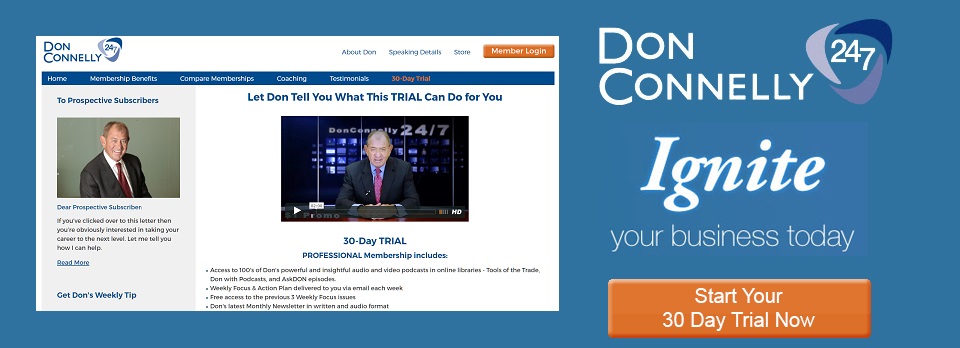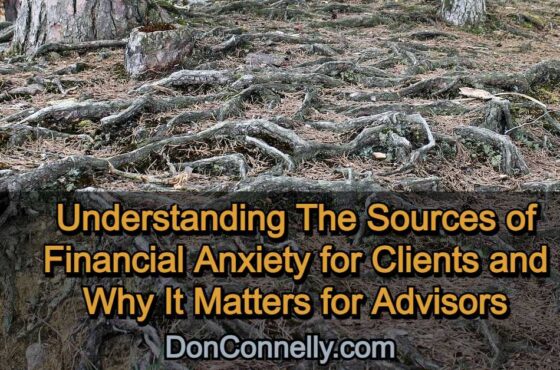5 Rules for Effective Communication with Prospects and Clients
 In order to establish trust and credibility – and get your messages across to prospects and clients – you need to be an effective communicator.
In order to establish trust and credibility – and get your messages across to prospects and clients – you need to be an effective communicator.
If you, like many advisors, find this a challenge, you don’t need to feel defeated. With hard work and practice you can become a proficient and natural communicator.
Here are some key rules to bear in mind.
#1. Avoid speech disfluency at all costs
Don’t let conversational pitfalls get in the way of meaningful conversation.
It’s essential that you express yourself clearly and confidently if you are to get your point across to clients. Using terms such as ‘um’, ‘ahh’, ‘like’ and other filler words reduce your credibility. Avoid slang and don’t use lazy sentences e.g. ‘know what I mean?’ – it makes you look unprofessional.
Your speaking ability plays a major role in your overall ability to communicate effectively. If you feel you’re lacking in this area, then make it a priority to improve this soft skill.
To help make your words flow try recording yourself speaking – this will give you a realistic idea of how you sound to others. Then check for repeated mistakes. If it becomes clear that you’re using certain words, e.g. ‘um’, overly much, practice stopping talking at these points. A small silence is better than saying ‘um’ or ‘ah’. Practice pausing every time you get to the point when you’re about to digress. Consistent practice is the key.
#2. Plan your message before you speak
Don’t talk just because you like talking. Determine in advance the message you want people to take away and plan your comments around that.
If you want clients to understand the nature of volatility, write down exactly what you are going to say – then practice it until you’re word-perfect. This will avoid you being ‘caught on the hop’ – and avoid you faltering when you need to be strong.
#3. Remember non-verbal communication
What you say is important, but non-verbal mannerisms are just as important. Everything you do is meaningful – from the first handshake to how far you sit from a client. Your aim is to create a relaxed yet professional atmosphere so that clients feel comfortable being with you. Even if you prepare the greatest presentation on earth – if you exhibit awkward or negative non-verbal gestures it can have a negative impact.
Build rapport by maintaining good eye contact. If you avoid eye contact, your client will think you’re uncomfortable telling them something. Research shows that maintaining eye contact with someone 60 to 70% of the time is best for creating rapport.
Keep your back straight and your head high – to communicate your confidence – and use a strong handshake. Smile a lot, face clients directly, and demonstrate good manners – politeness can go a long way. Simply holding the door open shows you have a commitment to great service. Don’t fold your arms – it can make you seem closed off. Use the client’s name to convey friendliness and build trust.
And don’t just be aware of your own non-verbal mannerisms – watch clients for their non-verbal behaviors. If a client’s eyes appear to glaze over – or they start tapping their fingers on the table – that’s your cue that it’s time to simplify things or move things on.
#4. Convey a professional image
Your self-image is important, so remember to give the right impression by dressing smartly and being prompt. If you show up looking too casual, you’re not going to make a good impression.
Turn up in a crisp and clean outfit and be well groomed so you look as though you’ve put in some effort and value your clients’ time. This will help to ensure clients are receptive to your message, giving you a head start communication-wise.
#5 Spend time actively listening
Listening is an underrated skill but it’s a key aspect of effective communication. Actively listen to what your clients are saying. Only in this way will you know how to respond and offer them a solution. It will also indicate that you have respect for them and their opinions. Acknowledge your interest by nodding at appropriate times – this will indicate visually that you’re interested in what they’re saying.
Your ability to communicate, both verbally and non-verbally, will make all the difference between success and failure in your career. By developing your soft skills and sticking to some basic rules you’ll tip the balance in your favor.




